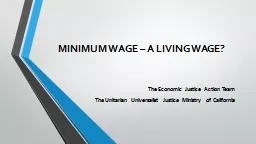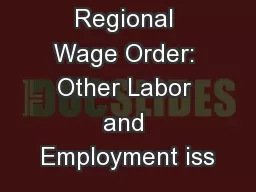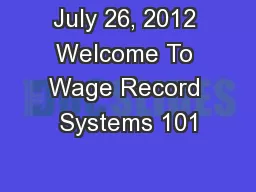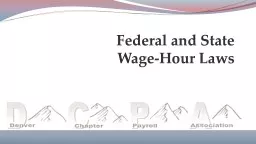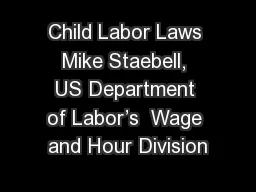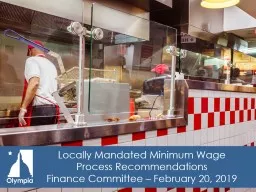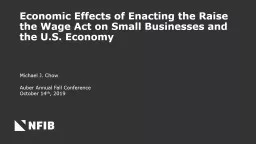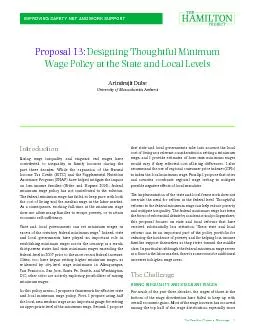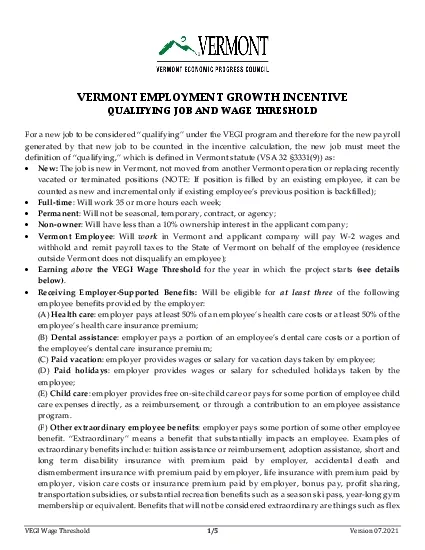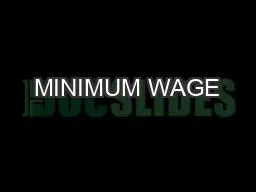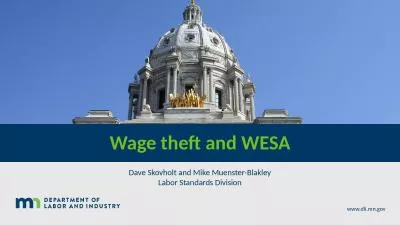PPT-Federal and State Wage-Hour
Author : avantspac | Published Date : 2020-06-25
Laws Chapter 2 Overview of Chapter Fair Labor Standards Act FLSA Enterprise Coverage ExemptNonExempt White Collar Exemptions RetailService Industries Minimum Wage
Presentation Embed Code
Download Presentation
Download Presentation The PPT/PDF document "Federal and State Wage-Hour" is the property of its rightful owner. Permission is granted to download and print the materials on this website for personal, non-commercial use only, and to display it on your personal computer provided you do not modify the materials and that you retain all copyright notices contained in the materials. By downloading content from our website, you accept the terms of this agreement.
Federal and State Wage-Hour: Transcript
Download Rules Of Document
"Federal and State Wage-Hour"The content belongs to its owner. You may download and print it for personal use, without modification, and keep all copyright notices. By downloading, you agree to these terms.
Related Documents


